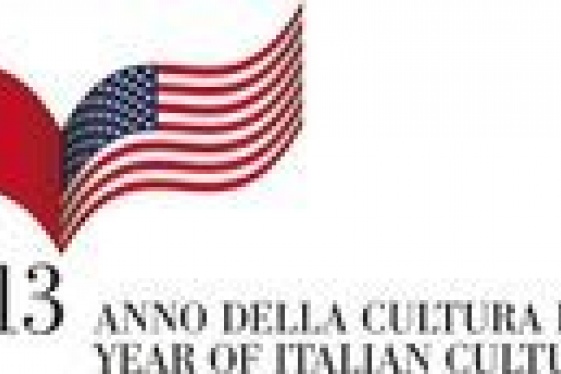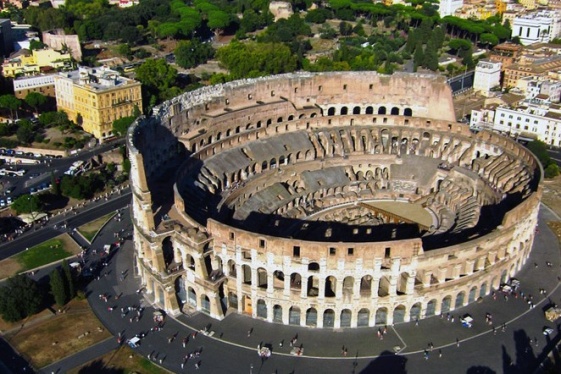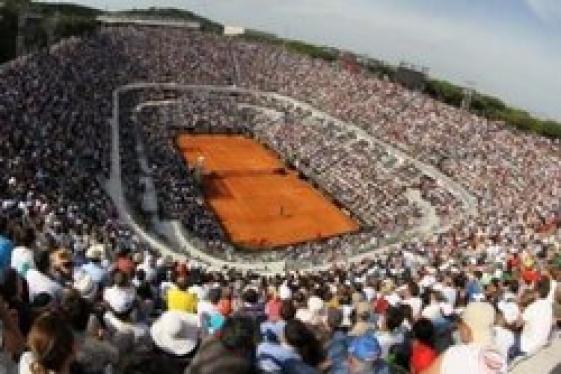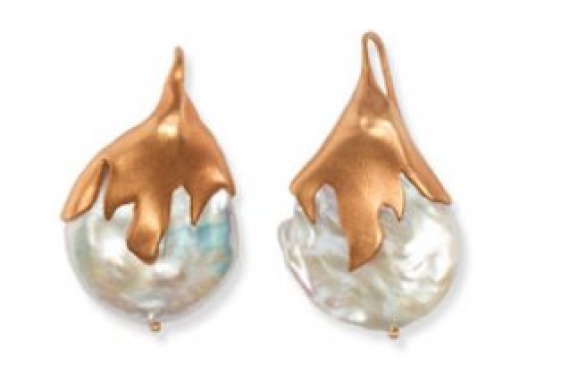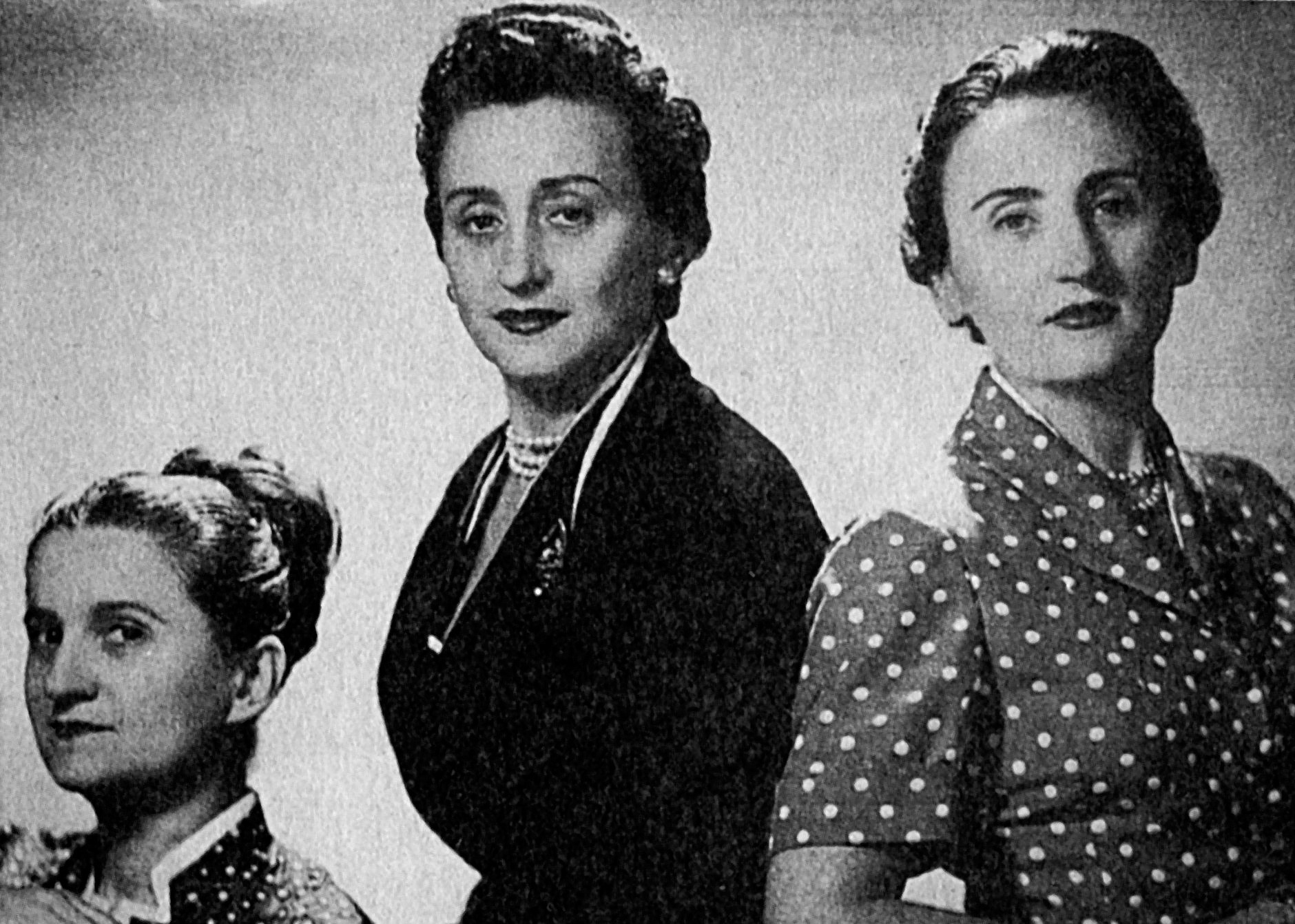

The second world war was in full assault when the Sorelle Fontana, three Italian sister-seamstresses from a small village near Parma, opened their first fashion atelier in Rome. It was an audacious move for 1944, but not hastily conceived. Zoe, Micol and Giovanna, all born at the beginning of the 20th century, in the shadow of the first world war, had already been working in Rome for other ateliers and independently since 1936. With several elite clients under their belts, they were ready to elevate their presence.
Their atelier on Via Liguria, steps from Via Veneto, set the stage for their rise as couturiers to American screen stars, so many of whom passed through Rome during the city’s cinematic heyday in the 1950s and 1960s. Sorelle Fontana’s work also catapulted Italy’s haute couture -- and the Made in Italy label -- into the world’s consciousness.
The beginning
Thread, pins and needles were in the Fontana sisters’ blood, the middle sibling, Micol, often said. Their mother Amabile and her mother and grandmother before her had run a tailoring shop in Traversetolo that also catered to city-dwellers from Parma who visited during the summer months. The Fontana sisters all worked at the shop from an early age. They were devoted to their mother and family and passionate about their craft, but they were also eager to dip into the world beyond their small town. With their parents’ support (unusual at a time when women were expected to stay close to the roost), they took flight.
In an interview with Micol conducted by CUNY professor Eugenia Paulicelli for her book, Fashion Under Fascism, (see reference note below), Micol said: “We were three ambitious sisters and we wanted to do something more. But we were not thinking of creating fashion. At least not yet. We were thinking of simply expanding our clientele.” Micol said they went to the train station not knowing if they would head for Milan or Rome -- they knew no one in either city. The train for Rome came first, and the rest is fashion history. The Fontana hierarchy was divided by competency: Zoe, the eldest Fontana, was the design/creative core of the threesome; Micol, two years Zoe’s junior, was the “piccione” or pigeon, because she carried the Fontana’s brand around the world; and Giovanna, the youngest, ran the business end of what would become the Sorelle Fontana enterprise.
The charms of Postwar Rome
The Fontana sisters hit their stride in 1950s/1960s Rome. It was a heady time. Italy was in the throes of its postwar resurgence, and Rome, with its intoxicating charms, had emerged as a star-player in some of the best-loved American films of the era. Time Magazine called the city the “Hollywood on the Tiber” because of the blockbuster American movies that were being produced in the massive Cinecitta’ movie studios, created by Mussolini in the 1930s to herald the power and potential of Italian cinema. The stages had been partially destroyed during the war and then rebuilt. American directors flocked to Cinecitta’ because of lower production costs and tax advantages but also, you have to hope, to incorporate the iconic real-life backdrops that only Rome could provide.
Think Audrey Hepburn and Gregory Peck careening through the streets of Rome on a Vespa in Roman Holiday (1953), the first American film to be entirely filmed in Rome, or Anita Ekberg, wading into the Fontana di Trevi with Marcello Mastroianni in La Dolce Vita (1960). The city had a glamourous, sophisticated, sexy vibe to it, tailor-made for screen romance. Audiences fell in love with Italian flair.
Rome’s fashion divas
Sorelle Fontana was the atelier of choice of the stars. Audrey Hepburn wore Fontana in Roman Holiday. Ava Gardner was both a devoted Fontana client and model for their designs. Gardner’s entire wardrobe for The Barefoot Contessa (1954) was designed and produced by the Sorelle Fontana. Gardner also wore Fontana for film roles in The Sun Also Rises (1957) and On the Beach (1959). Mirna Loy, Rita Hayworth, Anita Ekberg, Ingrid Bergman, Sophia Loren, Elizabeth Taylor, Grace Kelly, Vivian Leigh, Barbara Stanwyck -- they all chose Fontana either for films or important occasions. Jackie Kennedy is said to have visited the atelier with husband Jack in tow as she made selections for her wardrobe.
The ticket to Sorelle Fontana’s fashion stardom was actress Linda Christian’s marriage to American screen idol Tyrone Power in 1949; the atelier created the gown. Christian was stunning in the form-fitting, pearl-encrusted dress of golden satin with a 15-foot train. An estimated 8,000 fans were said to have lined the streets around Rome’s Basilica di Santa Francesca Romana hoping for a glimpse of the glamourous couple. The staging for the wedding was a movie spectacle in itself. As one newspaper described the scene inside the church: “From the entrance to the altar, the florist had created a pathway of "Esther" carnations, an extraordinary variation of the flower, produced barely three years ago and inaugurated at the wedding of England’s Queen Elizabeth. Two thousand carnations were ordered at the cost of eighty lire each.”
The media coverage made Sorelle Fontana a sensation. “The wedding gown became our business card,” said Micol in the Paulicelli interview. The notoriety led to more engagements and requests for bridalwear, which remained a large part of the Fontana business. Margaret Truman, daughter of the president, also chose Fontana for her 1956 marriage to Clifton Daniel, New York Times journalist and editor. Truman’s fashion choice served as an extra stamp of approval for the brand and cemented Fontana’s standing in the US market.
By the 1950s, the Sorelle Fontana atelier had moved to Piazza di Spagna and had over 100 employees. Inside the laboratorio, the Fontanas were creating masterpieces but they were also changing the face of Italian fashion, turning it into a force that rivaled the French haute couture that had dominated the fashion scene for centuries.
In 1955, the Fontanas made fashion history again, designing the pretino (“little priest”) dress for Ava Gardner, who modeled the Fontana’s 1956 “Cardinal Line.” The dress was fashioned after a cardinal’s cassock, replete with red buttons and trim, and accessorized with a monsignor hat and necklace with a cross. The dress raised eyebrows, but the Fontana sisters had received “clearance” for its design from the church itself. Fellini was so enamored of the dress that he had Anita Ekberg wear it in La Dolce Vita. (The pretino dress was recently on view at the 2018 Heavenly Bodies exhibit at New York’s Metropolitan Museum of Art.)
The Fontana silhouettes in the 1960s and 1970s changed with the times and had become more angular. But the fashion house’s signature pieces would forever be their 1950’s gowns: beautiful specimens made from sumptuous fabrics, with alluring bustlines, narrow waists and full skirts, designs that “exalt the feminine form,” as Micol put it.
Zoe, the creative force of the atelier, died in 1979 at 68 years of age. Rome came to name a street in her honor, Via Zoe Fontana. Sorelle Fontana soldiered on but the dynamics had changed. The remaining sisters, Micol and Giovanna, began to archive their collections and devote themselves to nurturing the “Italian fashion industry they had helped create,” said an article in The Times. In 1994, Micol, set up a foundation to encourage young Italian designers. Rai TV created a glossy mini-series in 2011 that chronicled the trio’s lives and contributions. Giovanna had died in 2004 at age 88. Micol died in 2015 at 101 years of age.
Micol, always a keen observer of trends and humanity, said in her interview with Paulicelli: “Great painters come from the artisan workshops. We need practice and knowledge of artisan work. Many young people come out of fashion school and think that if they know how to draw they are already fashion designers… but you cannot learn the craft if you do not practice it. This is something that is very close to my heart.” Fitting words from a fashion legend.
Reference note: Quotations from Micol Fontana in this article were taken from an interview with Ms. Fontana conducted by Eugenia Paulicelli for her book, Fashion Under Fascism, Beyond the Black Shirt (2004, Berg, Oxford and New York). Eugenia Paulicelli is a Professor of Italian at Queens College, City University of New York (CUNY) and founder of the Fashion Studies Program at the CUNY Graduate Center.
You may be interested
-
A Week in Emilia Romagna: An Italian Atmosp...
The Wine Consortium of Romagna, together with Consulate General of Italy in Boston, the Ho...
-
Emanuele: cervello d'Italia al Mit di Boston
Si chiama Emanuele Ceccarelli lo studente del liceo Galvani di Bologna unico italiano amme...
-
Exciting Palatine. Interview with Clementina...
You can tell she fills with excitement when she has the chance to show an important archae...
-
Italian auto supplier Brembo to build new U....
Italian brakes maker Brembo will build a new foundry in Michigan to expand its manufacturi...
-
Italian Open's History and Records: A tale o...
For Italians, and Romans in particular, the Open is not just a tennis tournament where cha...
-
L'Arte del Gioiello Italiano - Lecture and T...
How has Italy influenced the world of Jewelry? Join us for a special lecture on the a...
-
'A small New York': Palm Beach to become home...
Miami-born and Italy-raised, jewelry designer and accomplished equestrian Lucrezia Buccell...



